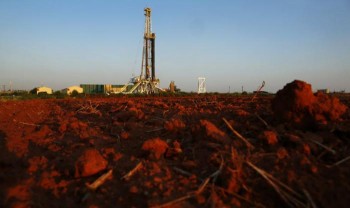
Notable basins throughout the U.S. have remained resilient through the shale industry’s first real downturn, such as the Permian Basin and Marcellus, but there have been drastic declines in other smaller basins such as the Panhandle area and the Rockies. Operators across the industry are turning to a strategy that is heavily weighted toward completions and are focusing on determining the best practices for increasing well recoveries while still making efforts to drive down costs.
Drilling activity
Figure 1 highlights the profiles of historical drilled and completed wells as reported by the Energy Information Administration. Clearly, the number of wells drilled dropped after the price of oil fell in late 2014. Things seemed to pick up a bit in mid-2015 before sliding considerably. Completions, on the other hand, reflected an immediate change in activity and really didn’t pick back up until late 2015, building a relatively healthy balance of uncompleted wells. In contrast to drilling, operators have maintained a relatively strong appetite for completing wells, reflecting a need to continue operating but doing so while spending far less. Between first-quarter 2014 and fourth-quarter 2015 the number of drilled but uncompleted wells (DUCs) increased about 13% across all basins.
Jessica Pair, Stratas Advisors

















